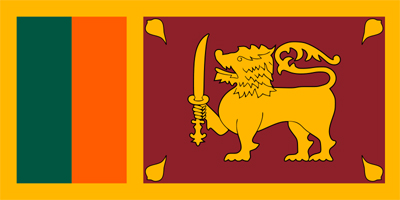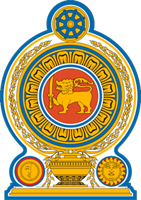|
Sri Lankan Historical and Cultural Heritage covers more than 2,000 years. Known as Lanka, the "resplendent land"--in the ancient Indian epic Ramayana, the island has numerous other references that testify to the island's natural beauty and wealth. Islamic folklore maintains that Adam and Eve were offered refuge on the island as solace for their expulsion from the Garden of Eden. Asian poets, noting the geographical location of the island and lauding its beauty, called it the "pearl upon the brow of India." A troubled nation in the 1980s, torn apart by communal violence, Sri Lanka has more recently been called India's "fallen tear." The European rule introduced democracy, modern education, legal and commercial system. Sri Lanka now is a mirror of it's own ancient and modern cultures diverse from it's cities to far villages. Sri Lanka claims a democratic tradition matched by few other developing countries, and since its independence in 1948, successive governments have been freely elected. Sri Lanka's citizens enjoy a long life expectancy, advanced health standards, and one of the highest literacy rates in the world despite the fact that the country has one of the lowest per capita incomes. |
||
  |
||
| National Flag | National Emblem | |
Sri Lankan Religious view |
||
| Sri Lanka's culture also revolves around religion.
The Buddhist community of Sri Lanka observe Poya Days, which
are also important days of prayers to the Hindus, once per month according to
the Lunar calendar. The Hindus and Muslims also observe their own holidays. Sri
Lankans are very religious because the history of the island has been involved
with religion numerous times. There are many Buddhist temples in Sri Lanka and
many mosques, Hindu temples and churches all across the island. The religious preference of an area could be determined by the number of religious institutions in the area. The North and the East of the island has many Hindu temples and mosques because a large Tamil and Muslim population resides in those areas. Many churches could be found along the southern coast line because many living in those areas are Roman Catholic or Protestant. The interior of the island is mostly the Buddhist population and there are many Buddhists residing in all parts of the island because they are the largest religious group in Sri Lanka. |
||
Sri Lankan Festivals |
||
|
Sinhalese & Tamil New Year Vesak Poson |
||